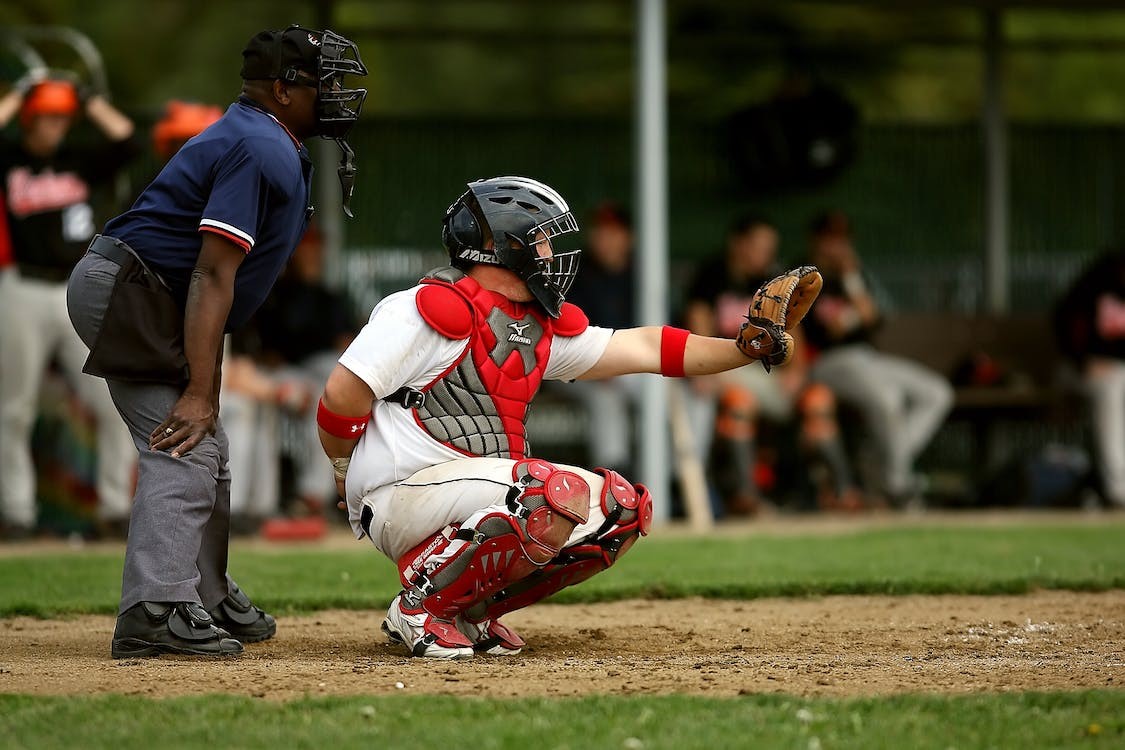One of the best aspects of online sports betting is in-play, which is also known as live betting at some online bookmakers. With live baseball betting, you may place wagers during the game rather than before it begins. This gives you the chance to observe the action and form an opinion based on what you see.
Baseball in-play betting is straightforward, and even though there might be minor variations among bookmakers, the procedure is the same. When you log in to your account, you will notice a section on the main screen labeled “live” or “In-play.” Select it to view a list of events that are currently happening. When you select a baseball game, details about the event, including the most recent odds, will be shown. Remember that odds are always changing to reflect the game’s action.

This variance can be leveraged to get a minor advantage over the bookmaker because the odds during the game are continually changing based on what is happening on the field. Delaying your bet on a team victory is probably going to net you better odds and better returns than placing it prior to the game, for example, if you are a fan and have seen that they frequently fall behind and depend on a late surge.
Point spreads for MLB
In almost every other sport, point spreads are referred to as such, but in Major League Baseball, they are known as “runlines.” There isn’t really a difference; the MLB simply chose to make it their own because runs appear on the scoreboard instead of points. Similar problems exist in the NHL; they are known as puck lines.
MLB runline bets offer the underdog a fictitious lead prior to the start of the game. By doing this, the playing field will be somewhat even and the underdog will have a chance to cover the spread.
Depending on which team you’re betting on, the runline is simply the margin by which a team must win or lose. If you pick the favorite, they must win by that much to cover the spread, which will be a negative figure. In order to win the game, the underdog must lose by less than that amount.
The MLB runline odds can be computed like any other wager; in most cases, the odds will be modest because choosing the point spread eliminates part of the risks.

Baseball totals odds
You may always wager on the MLB totals if the game is going close and you aren’t necessarily leaning toward either team. Another popular alternative is to wager on an MLB game over/under, which is simple to do. You should never gamble on a team just for the sake of it, so if you’re unsure which team to pick, you can always bet on the totals.
Your task while placing a wager on MLB totals is to try to anticipate the total number of goals scored by both clubs collectively. The oddsmaker will establish the line. Regardless of how many runs the oddsmakers predict will be scored during the game, the lines can be any number but are typically in the 7–12 range.
Background of the MLB
The American League was established in 1901, 25 years after the National League, which was founded in 1876. Both leagues signed the National Agreement two years later and agreed to work together while continuing to be distinct organizations. This persisted until the turn of the century, when the two leagues united to become the Baseball Commissioner’s Organization.
The Cincinnati Red Stockings were baseball’s first all-professional team by the year 1869. Home runs, in which players hit the ball into the bleachers, were extremely uncommon before 1920 during the so-called “deadball era.” Baseball experienced the Black Sox Incident, a World Series manipulation scandal, in 1919. Despite this, baseball’s popularity grew, and on April 15, 1947, Jackie Robinson, who was playing first base for the Brooklyn Dodgers, became the first African-American to play professionally. Modern stadiums and artificial turf started to alter the game in the 1950s, and home runs increased significantly.

Betting FAQs
What does a baseball wagering +1.5 mean?
How Do MLB Run Lines Function? The typical spread for a run line is always 1.5 runs. The favorite will have a run differential of -1.5 and must win by two runs or more to qualify as a winning wager. The game must be won by the underdog (+1.5), who must also lose by only one run to be paid.
What does a baseball betting line of +150 mean?
This indicates that a bettor would have to stake $150 on the favorite to win in order to make a profit of $100. Moneyline odds for underdogs often have a “+” before them, such as +130. This means that the gambler will make a profit of $130 if their $100 stake on the underdog wins.
How can I place a baseball wager?
MLB games can be backed in a variety of ways. You can place wagers on the moneyline, the runline (point spread), totals (over/under), futures, player and team props (strikes, RBIs, and home runs), parlays, and you can place live bets on Major League Baseball (in-play).
What does baseball's +2.5 signify?
A team receiving +2.5 receives 2.5 runs. The + symbol indicates that their final score will increase by 2.5 runs. So if they lose 5-3, you increase their total by 2.5 runs, and the wager now favors you 5.5 to 5. You can also set the rules so that the underdog team can win by three runs and the favorite team can lose by up to two runs.
PIWI247 Sports Powered by Pinnacle Sports offers some of the winning baseball betting strategy suggestions as a starting point for developing your overall betting strategy. Keep in mind that they are meant to be a component of your overall strategy, not the entire strategy.
When you join PIWI247, you will receive access to an unrivaled range of betting and gaming options. You may try out our platform right now with our €30 free bet offer.
Kyle Daly
Is a 35-year-old sportswriter who enjoys walking, jogging, and other physical sports. He started in different blogging platforms and is now a guest blogger for PIWI247. He loves basketball the most. Follow him on Quora today.

